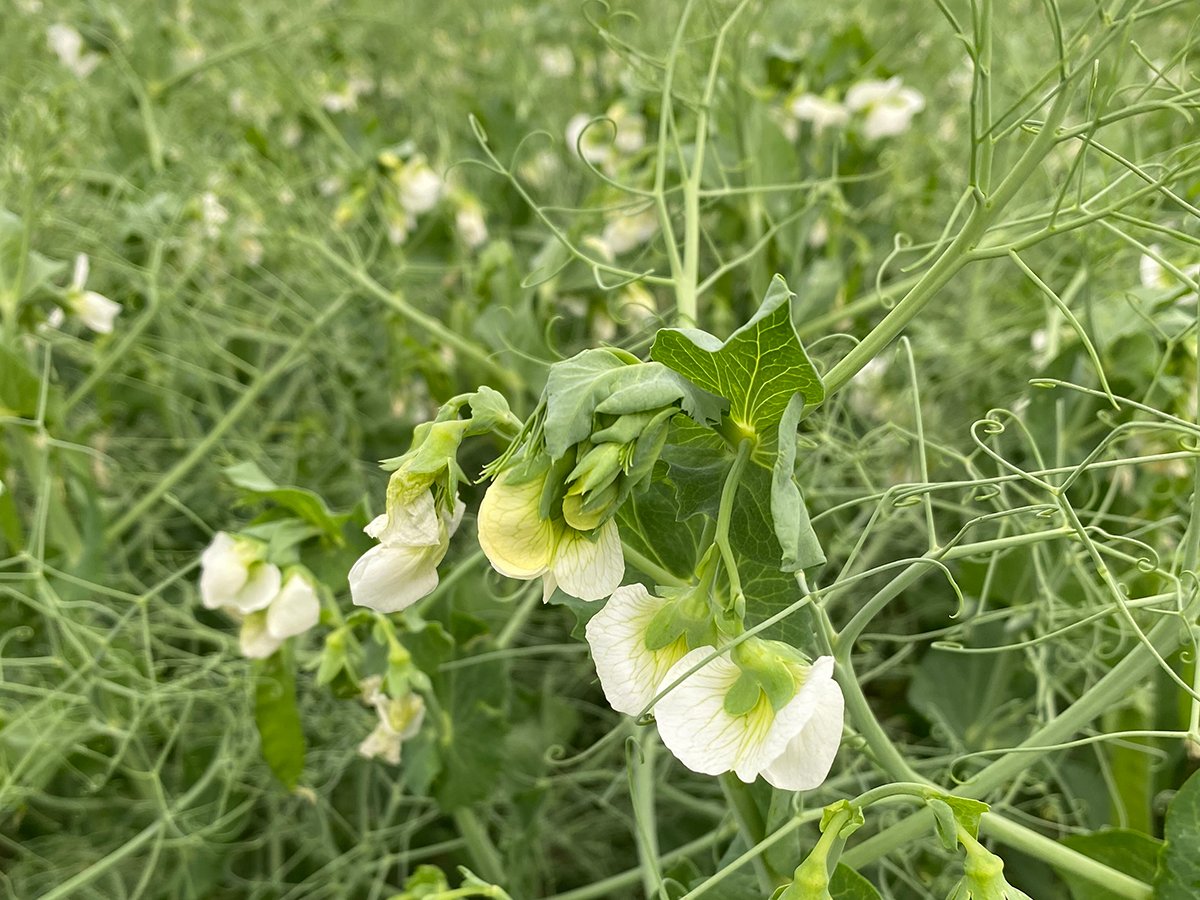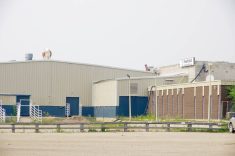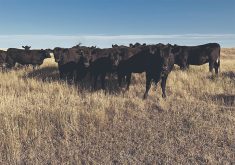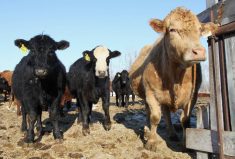Data shows the cattle producer’s share of the retail beef dollar has dropped from 64 percent in 1970 to 41 percent in 2022
MOOSE JAW, Sask. — Sky-high retail beef prices have drawn headlines in the past couple years but producers are not seeing a greater share of that money, according to initial data from a study.
A collaboration between the Saskatchewan Stock Growers Association and BetterCart Analytics in Saskatoon looked at pricing data in 39 cities across Canada from January 2020 to March 2023. They collected nearly 400,000 data points on nine products: medium, lean and extra lean ground beef; inside loin and other steak; and loin, pot roast and blade roasts.
The data was obtained from 17 major grocery chains.
Read Also

Pulse fractionation business expected to soon get a boost
Louis Dreyfus Company will soon be producing pea protein isolate at its new plant under construction in Yorkton
Melanie Morrison, founder and chief executive officer of BetterCart, told the recent SSGA convention the farm share of the retail beef dollar has dropped from 64 percent in 1970 to 41 percent in 2022.
The packer share has held steady at 13 percent, while the retailer share has climbed from 23 percent to 48 percent.
SSGA president Garner Deobald said producers need to understand how consumers spend their money.
“They’re willing to spend significant dollars on buying beef at the retail end, but very little or a small percentage trickles back down to the primary producer,” he said.
Deobald said producers wanted facts on retail pricing to figure out where the money is going.
He said the data show producers were correct to believe that their share has dropped.
“That may change. Markets are much better this year again and that’s where it’s important to gather more information going forward as we see our markets stronger on the finished side of cattle here as well,” he said.
Morrison presented the data on pot roast retail prices by province, which indicated the wide range even within those boundaries.
For example, in British Columbia in 2020, the price per kilogram was between $20.30 and $23 per kilogram. This year that range is $25.40 to $30.40.
But the smaller increases were in Vancouver, Surrey, Kelowna and Kamloops, all at a 10.43 percent rise compared to 49.75 percent in Abbotsford, Burnaby, Nanaimo and Victoria. Richmond fell in the middle with a 27.36 percent increase.
In Alberta, Calgary and Lethbridge prices rose from $20.03 to $30.04 per kg., or 49.95 percent, while in Edmonton they rose from $19.90 to $30.04 per kg. for a 50.9 percent hike.
However, in Red Deer prices rose only 9.83 percent from $18.70 to $20.54.
Saskatchewan data shows a split between the two largest cities and the next two. Regina and Saskatoon pot roast prices went up from $22.90 to $25.50, or 11.35 percent, while Moose Jaw and Prince Albert prices rose nearly 50 percent from $20.03 to $30.04.
And in Manitoba, Brandon and Winnipeg saw exactly the same prices and increases, from $20.03 to $30.04.
Morrison also showed Ontario data where the largest increase was in Oshawa at 63 percent and the smallest was in Hamilton at just three percent.
She did not show the data by retail chain and said more analysis is required.
“We can start mapping the ranch-to-retail share and start filling in unknowns,” she said.
“We want to understand the costs associated with each step in the supply chain.”
The overarching goals of the ongoing project are to trace beef pricing throughout the supply chain, increase transparency for ranchers’ benefit, provide data to boost advocacy and “ensure that the proportion of the beef dollar that ranchers receive increases from year to year and does not shrink.”
Deobald said the data show how much has changed and that the market is variable even as beef has trended higher overall.
He said one way to put more money in producer pockets may be to do more work on the 2022 study of packing potential in the province.
“Maybe (we can) take advantage of some of that money that is in the middle that we aren’t seeing and so I think that now becomes more than a project but a goal for stock growers to keep working on that,” he said.
There are companies and investors interested in a Saskatchewan packing plant and SSGA can help bring players together, he added.
















